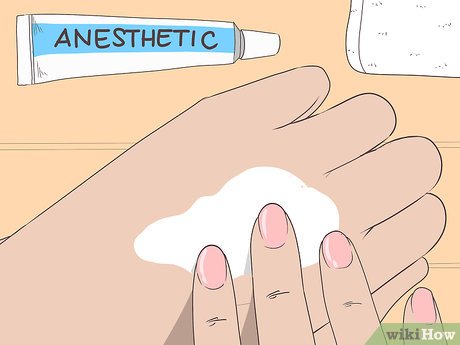For anyone who does not know, trypanophobia is extreme fear of medical procedures that involve injections or needles. Trypanophobia is prevalent. About 25% of adults are afraid of needles, and around 7% of adults avoid immunizations because of their fear.
Another term for this phobia is called aichmophobia, a morbid fear of sharp or pointed objects.
Symptoms of Trypanophobia
The symptoms of this phobia may vary. However, those with this phobia are sure to show symptoms when they see needles or know that they need to take a shot. Some of the symptoms are:
- Anxiety
- Panic attack
- Insomnia
- Dizzy
- High blood pressure
- Increased heart rate
- Refraining from visiting the doctor or receiving medical care
Usually, people develop phobias when they go through traumatic or life-scarring events and these incidents trigger the fear in them. According to Dr. McGee, there is a sensitivity to being controlled or confined in resisting fears. There is also a hereditary hypersensitivity to pain in people who experience hyperalgesic dread. Dr. McGee adds that the pain becomes so unthinkable for that person that they would never be subject to such pain.
For some, they experience a vasovagal response, a drop in blood pressure that causes passing out.
How to overcome this fear
Here are some expert tips to help you overcome your fear of needles:
Prepare the area with a medication such as an ethyl chloride spray or a topical anesthetic cream like lidocaine

According to Dr. McGee, both are effective for the temporary relief of discomfort caused by a needle injection. A jet injector, which uses high-pressure gas instead of a needle to deliver medicine, is also useful.
Take the cognitive approach

Remind yourself that a needle is painful for a second but when you process and fully understand what the suffering would be like if you did not get the injection, it can help you be more realistic. Imagining the worst-case scenario and remembering that an injection is merely a temporary discomfort helps put your mind at ease.
Practice deep breathing

Imagine yourself being in a comfortable space. Don’t make your fear an enemy but treat that fear as something that will make you comfortable in the end.
Try mindfulness and meditation

Begin by practicing mindfulness for a few minutes before moving on to 14 minutes of meditation. Bring to your mind 3 things that you are grateful for and imagine your goals being accomplished.
Use the show and tell approach with children

For children, carefully explain each move you are going to make on the child as the child watches. Then, demonstrate how to do it by injecting a needle into the orange. This technique works for children diagnosed with diabetes and normal children.
Distract and desensitize yourself

To distract yourself, just imagine yourself by the beach or any other relaxing place while you receive the injection. For some, desensitization is helpful. Hold the syringe in one hand until your fear and anxiety start to subside. Go through all the motions of giving yourself an injection, without actually pricking your finger. Holding a piece of ice to numb that area is also helpful and makes it easier when you are ready for an actual injection.
Every problem has a solution. If you are someone who has this phobia or displays this kind of symptom, try overcoming it by using these simple methods.
Sources: Healthline,PSYCOM









Leave a Comment